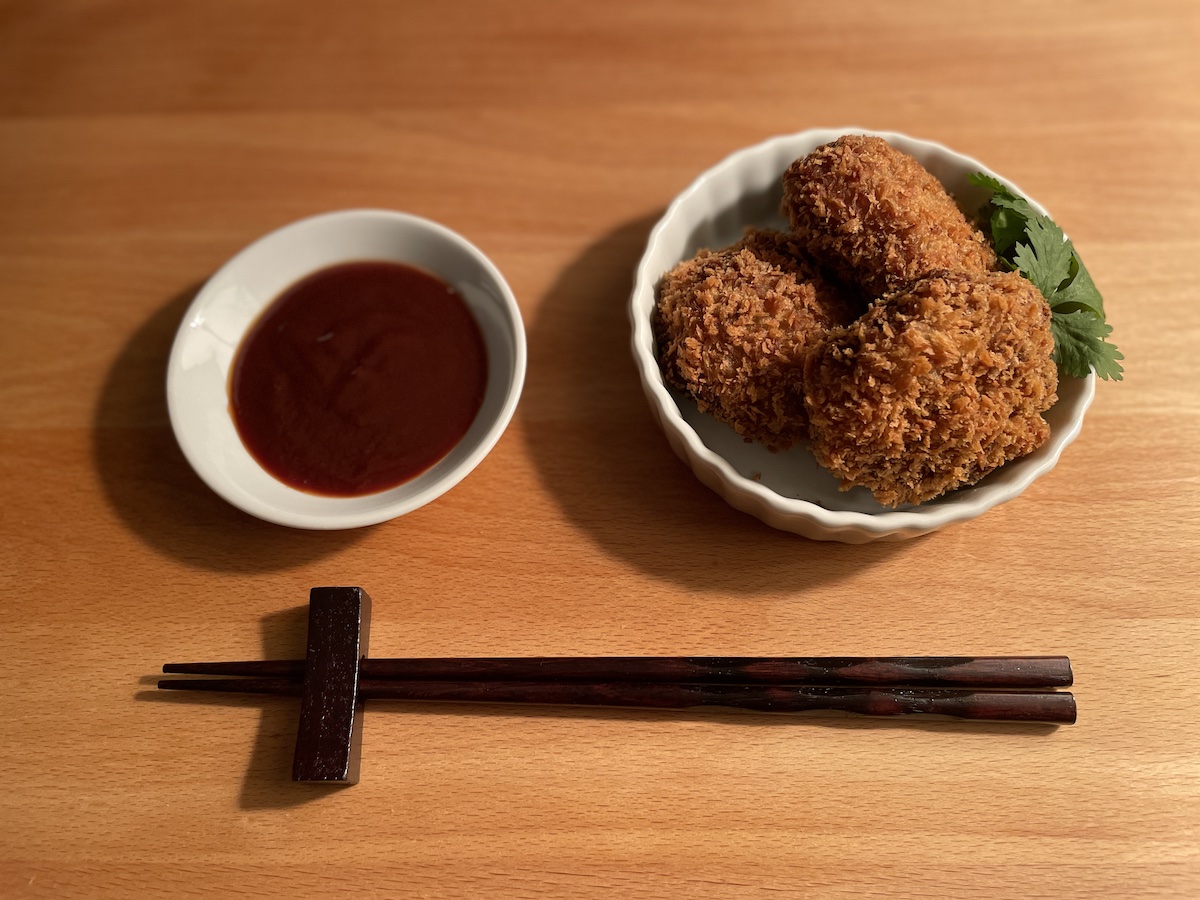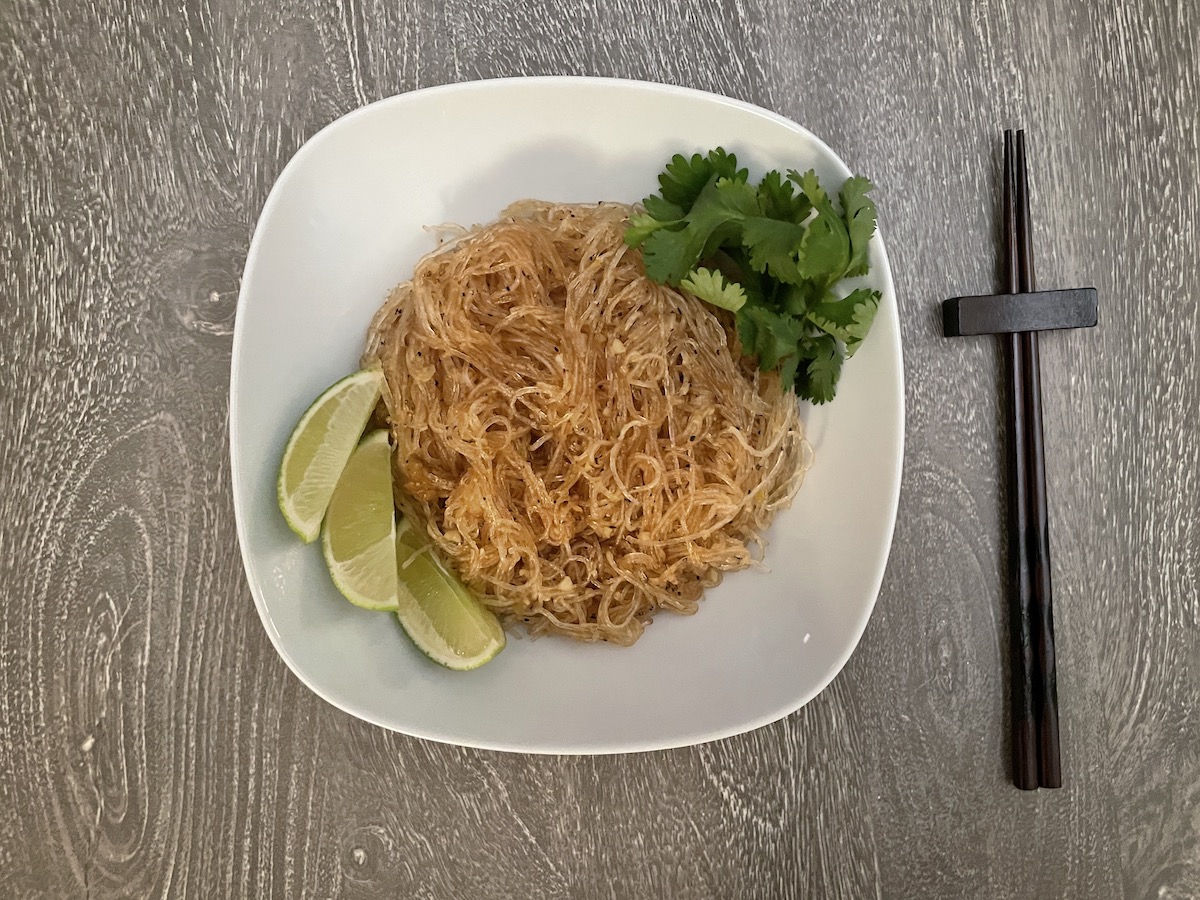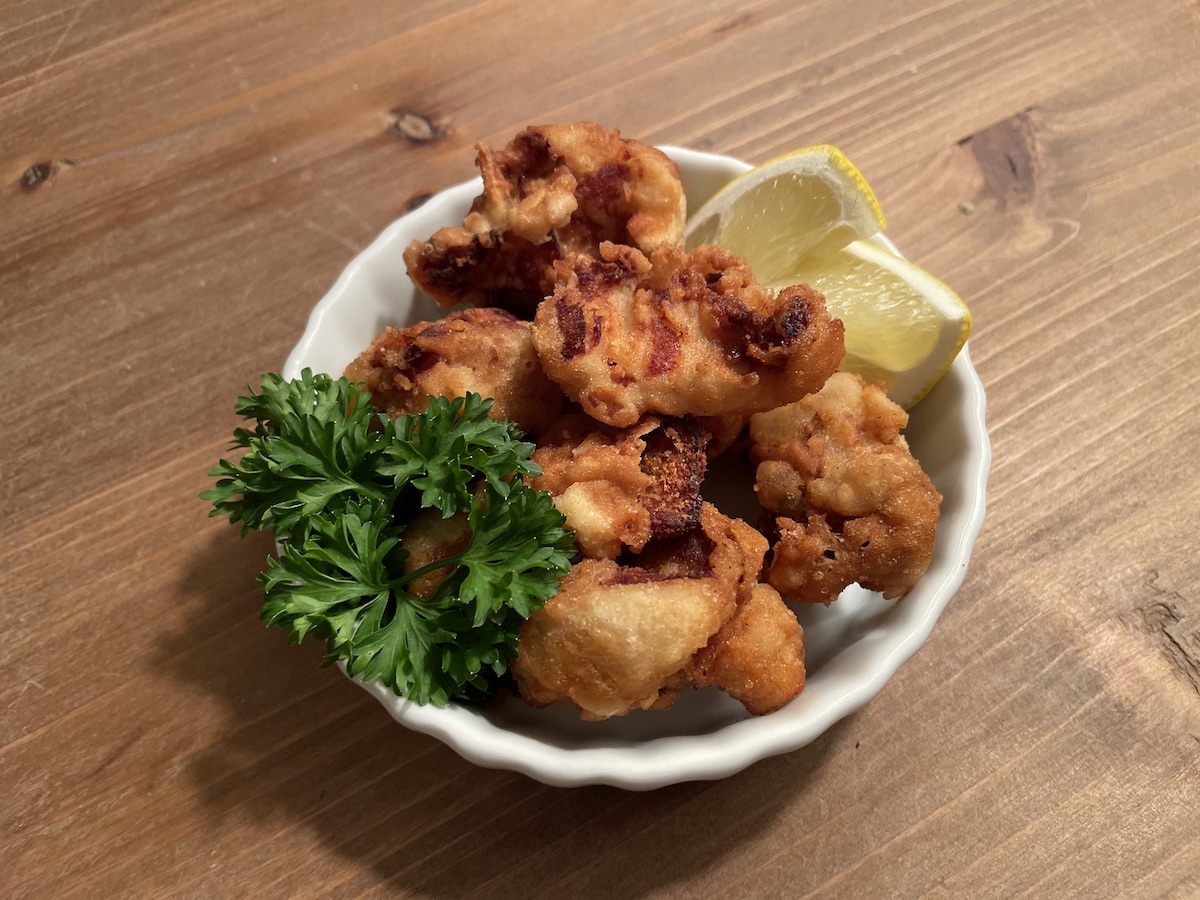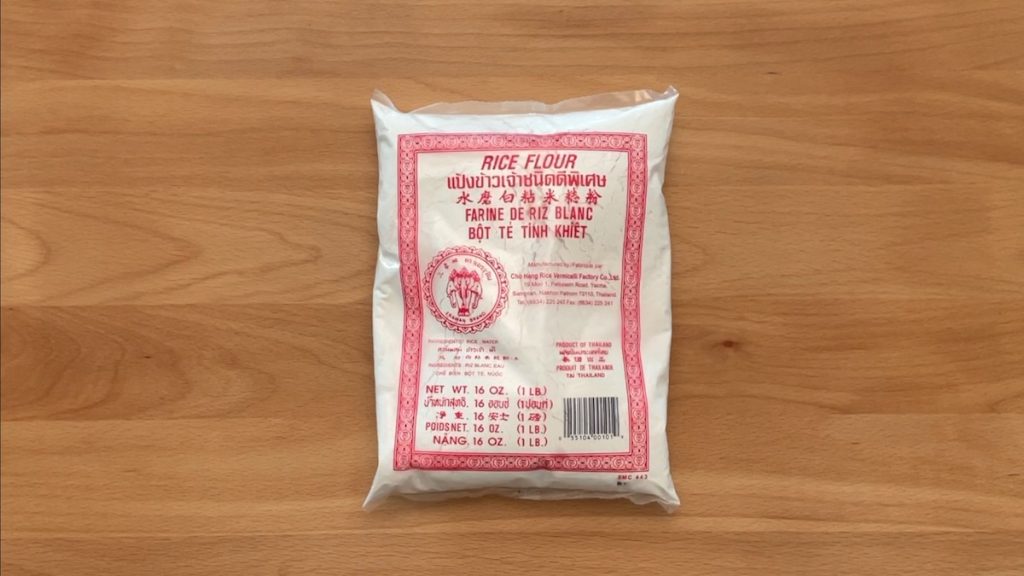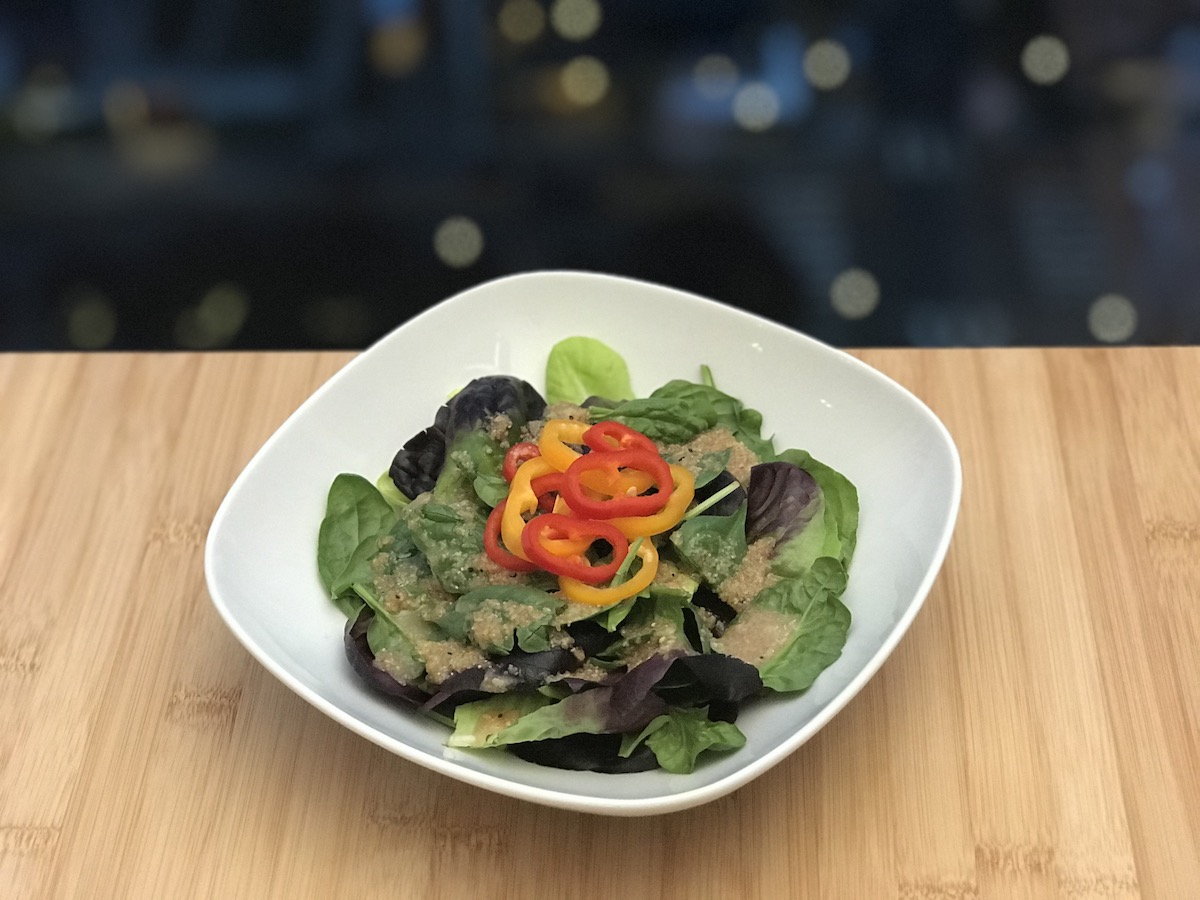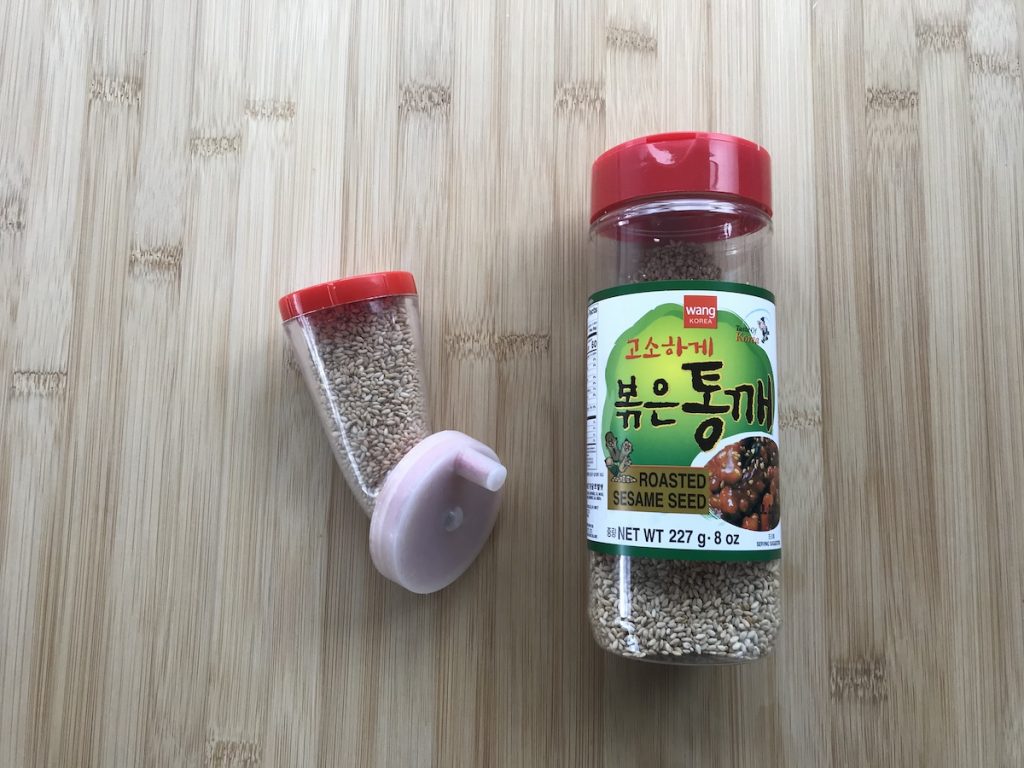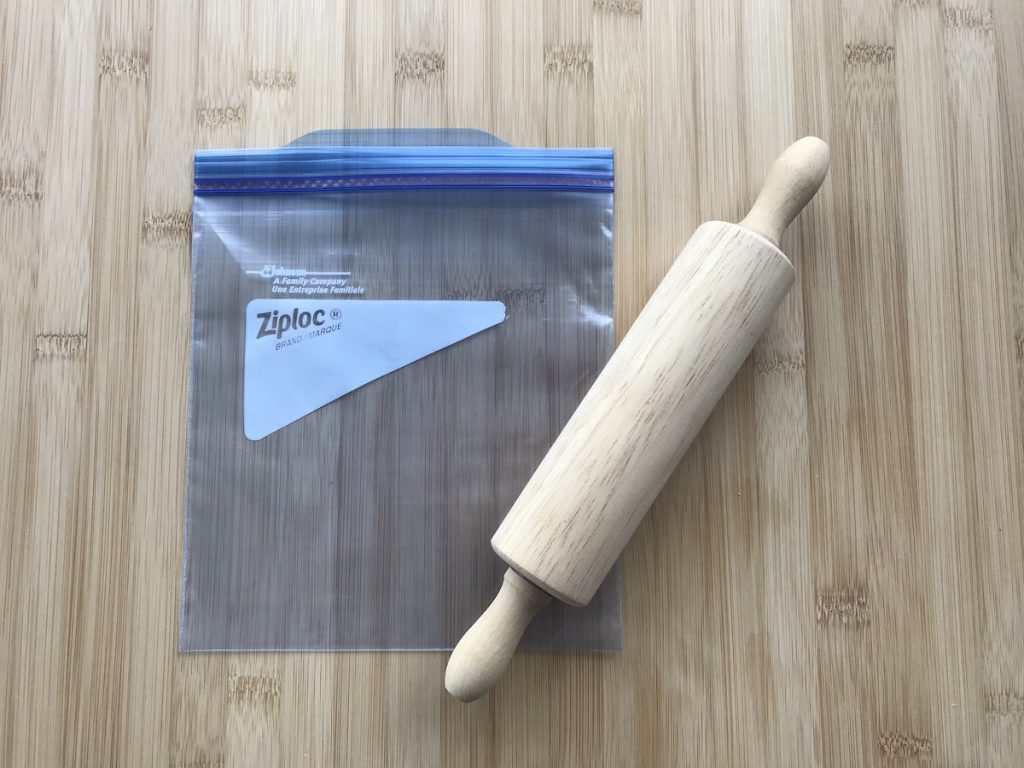After a bit of a break for the holidays, it’s time to get back with some more dishes! This is a fusion version of the Japanese Menchi Katsu. Imagine a twist on meatloaf and burgers! This is simple yet great tasting
List of Ingredients
- 1 Lbs. Ground beef
- 1 Egg, Lightly beaten
- ¼ Cup Grated yellow or white onion
- ⅓ Cup Panko (Japanese Style Bread Crumbs)
- ½ Cup Ketchup
- ½ Tbs. Worcestershire sauce
- ½ Tbs. Dried parsley
- ½ Tsp. Dried thyme
- ¼ Tsp. Garlic powder
- ½ Tsp. Diamond Crystal kosher salt (Morton’s is not the same…use less.)
- ½ Tsp. Ground black pepper
- 3 Tbs. (heaping) Rice flour for batter plus more if necessary, use non-glutinous rice flour from Asian markets, Bob’s Red Mill will seem gritty
- Non-dairy substitute or milk (or water in a pinch) to form batter
- Oil for frying, enough for about 1 inch deep
- Sauce for serving
Enjoy as is or with store bought katsu sauce, A-1 or ketchup.
Or make your own sauce:
3 Tbsp Ketchup
~1-2 Tsp Worcestershire sauce
Adjust to your taste!
List of Tools
- Medium sized mixing bowl
- Fork for beating the egg and to help with the batter/dredging of patties
- Measuring spoons
- Grater for the onion
- Cutting board and knife
- ¼ Cup measuring cup for the onion
- ⅓ Cup measuring cup for the panko
- Measuring cup and spatula for the ketchup
- Small bowl for mixing batter plus spoon for rice flour
- Small bowl for panko
- Two large plates – one when making patties, one for after dipping/coating patties with panko
- Heavy gauge pot for frying (I use a 3 quart pot to conserve on oil.)
- Cooking chopsticks or tongs
- Skimmer and resting plate, use if necessary to remove stray panko from pot to prevent oil from forming a burnt flavor
- Cooling rack and paper towels and baking sheet
- Baking sheet for back burner for easier clean-up of the stove
Serving plate
Directions
Prepare the ground beef
Add ground beef to a medium sized mixing bowl and add lightly beaten egg. Peel and grate ¼ C onion and add to bowl. Add all the remaining ingredients listed. Mix all the ingredients together thoroughly. (I do this by hand.)
Carefully make small slider sized patties with about ¼ cup seasoned meat and place on a large plate. (Makes approximately 15 patties total)
Make batter
Using a bowl, combine rice flour with non-dairy substitute or milk. Form a batter that is similar to a pancake batter. Use more liquid to achieve the correct consistency.
Coat meat patties
Dip one patty in the batter completely and coat with panko on all sides. Set aside on a separate plate. Be sure the patties do not touch and do not stack. Get another plate is necessary. Continue with the remaining patties.
Fry the panko covered patties
Heat the oil in the pot on medium high. The oil is ready when a piece of panko floats quickly to the surface and the oil bubbles quickly. When ready, add the patties to the oil, do not overcrowd. Let fry untouched to set the batter then check that no pieces are stuck to the bottom. Let the pieces cook on one side before turning.
The patty is done when the outside is golden and has browned evenly. Place on a prepared cooling rack . Continue until all the pieces are fried!
Enjoy!
Don’t forget to submit a photo of your creations! You can upload your photos using my Contact form!
